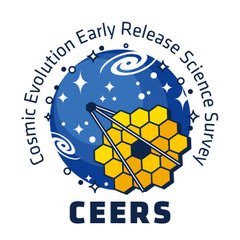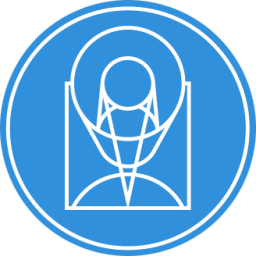CEERS Data Release v1.0!
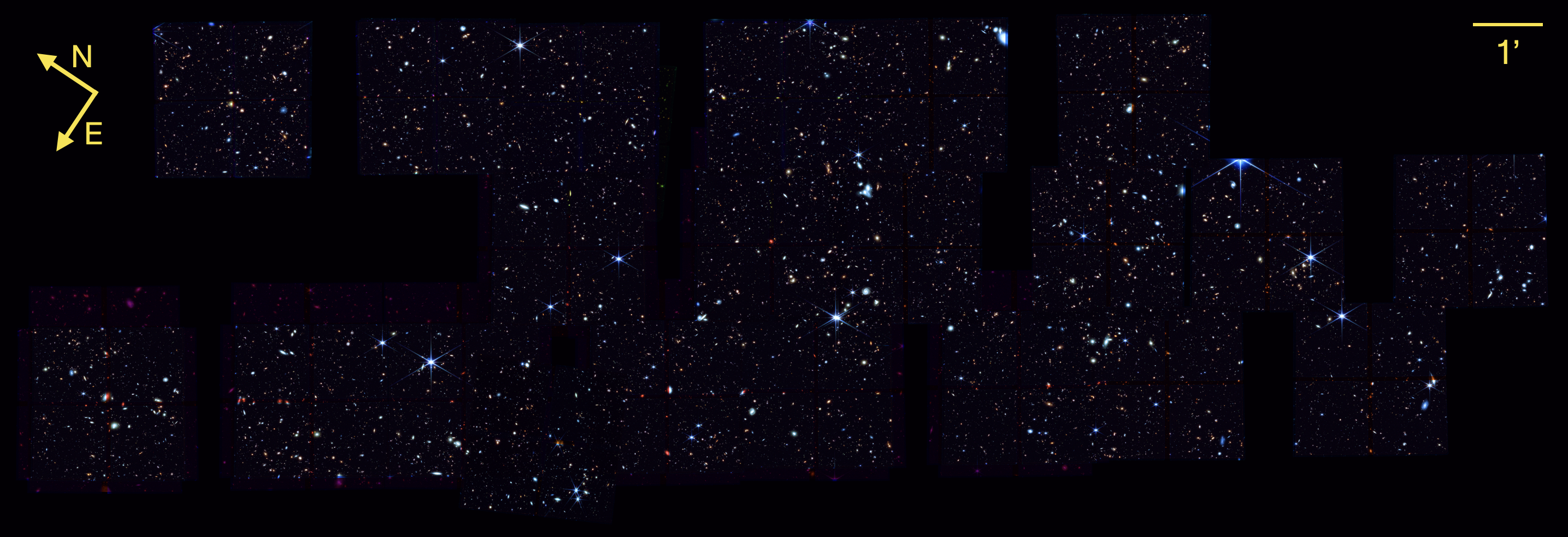
Today we make public the latest CEERS data release! CEERS Public Data Release 1.0 includes the v1.0 reductions of CEERS NIRCam imaging, as well as a photometric catalog with physical property measurements for over 80,000 galaxies! Click the image or the post linked below for more info.
CEERS EPOCH 1: COLOR IMAGES RELEASE!
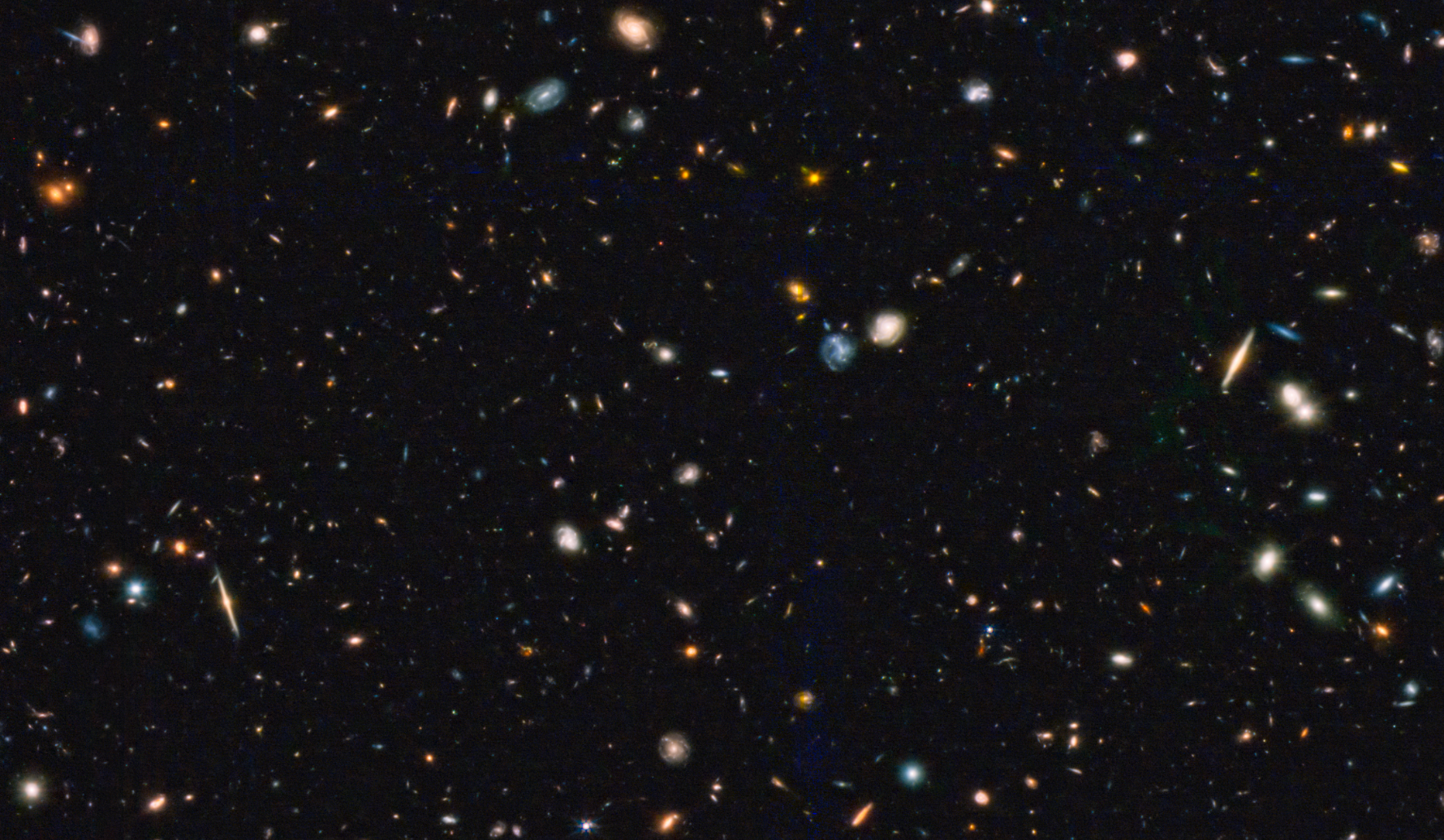
The JWST has taken the first epoch of data for CEERS! These data include NIRCam and MIRI imaging, covering near-infrared to mid-infrared wavelengths. We have made color images of this Epoch 1 data for CEERS, which are shared in the post linked below.
JWST Proposal Planning Workshops
UT Austin, Texas A&M, and the U of Kansas
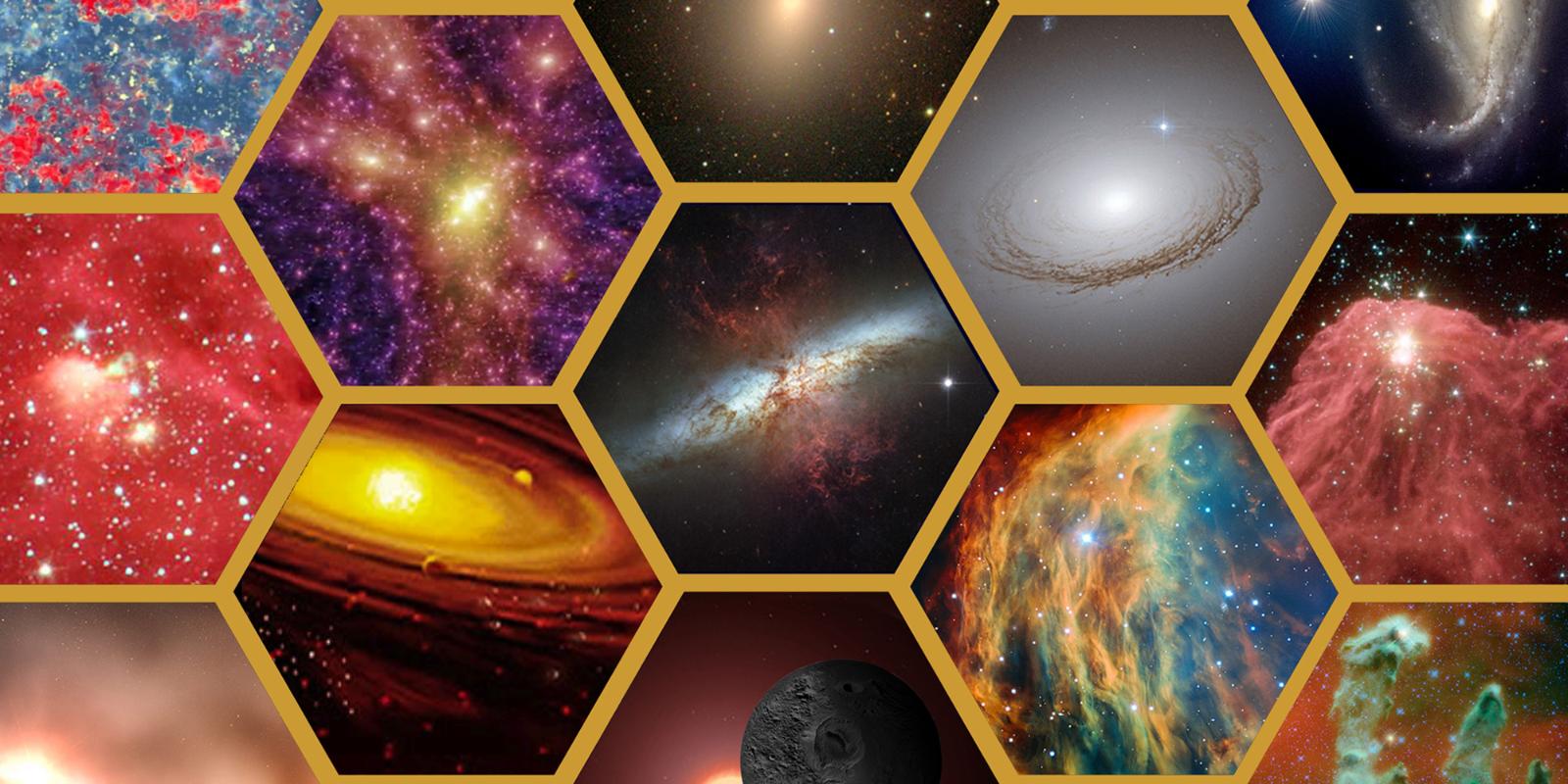
In November 2019, several members of the CEERS team participated in the JWST Master Class Workshop, a "train the trainers" program aimed at increasing community familiarity with JWST proposal planning and preparation. The Master Class graduates hosted proposal-preparation workshops at their home institutions and continue to serve as local experts for colleagues in their communities. Workshop leaders attended a 4.5 day training at STScI covering topics related to JWST proposal planning, including user tools, instrument modes, example science cases, documentation, help resources, and guidance with teaching these topics to others. With the help of their team members, they hosted training workshops at the University of Texas at Austin (January 31), Texas A&M University (February 21), and the University of Kansas (March 13). The local workshops introduced available observing modes, explained observatory constraints, and included hands-on activities involving the Exposure Time Calculator (ETC), the Astronomer's Proposal Tool (APT), and other tools in the context of example science cases.
Click on the links below to visit the webpages related to each training workshop, to meet the teams, to download the slides, exercises, and examples presented during the workshops, and to explore other resources related to preparing Cycle 1 proposals.
Crowd-Sourcing NIRSpec Target Selection
UT Austin
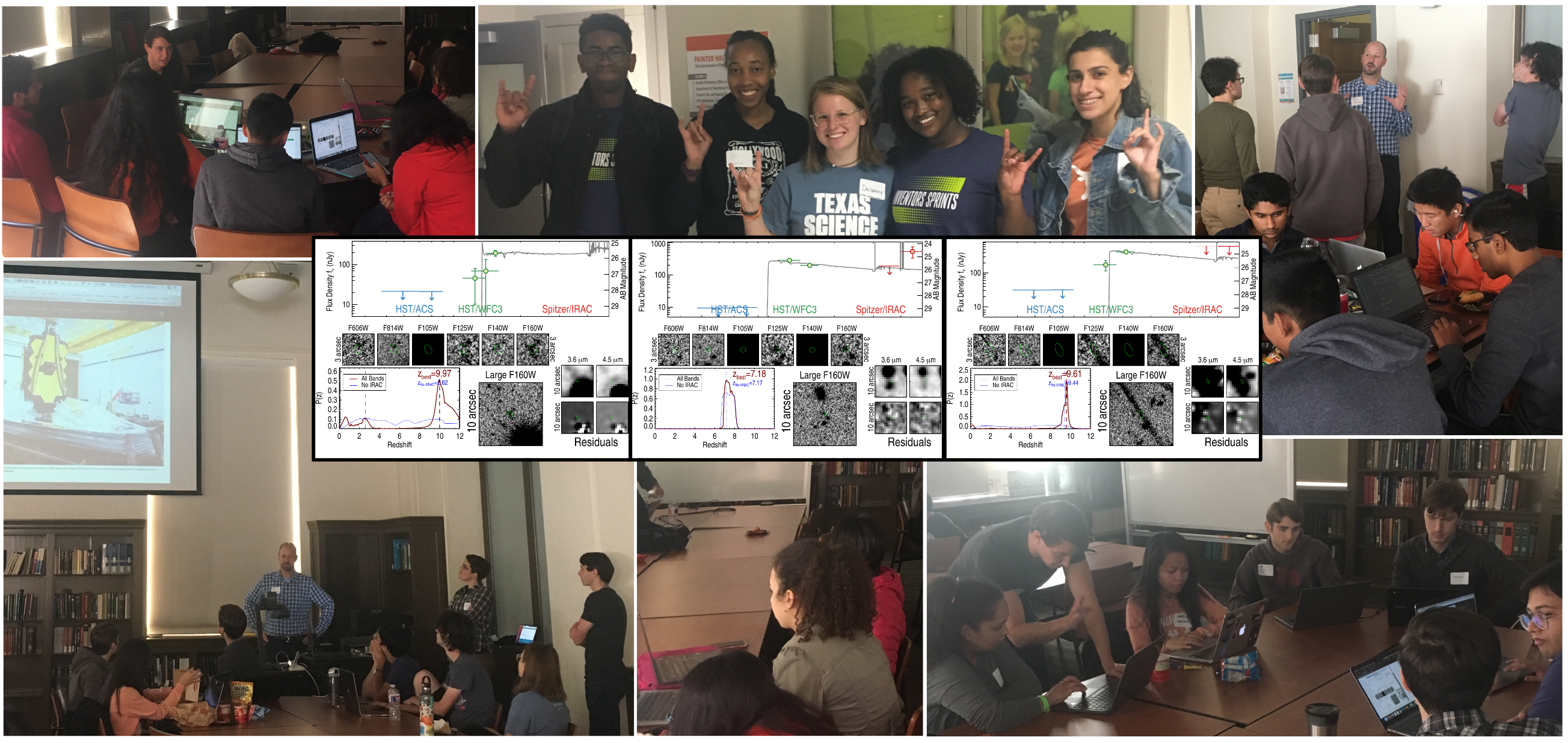
In October, 2019, CEERS team members participated in a "Science Sprint" hosted by the Texas Institute for Discovery Education in Science (TIDES) at the University of Texas at Austin. Sprints are one-day immersive research experiences that provide undergraduate students the opportunity to work together to solve real research problems. During the CEERS Sprint, we worked with about 25 undergraduate students to classify more than 5000 high-redshift galaxy candidates by evaluating the HST and Spitzer/IRAC imaging, photometric measurements, and photometric redshift probability distributions of thousands of candidates from redshift 4-10.
We have also introduced a JWST track as part of our Vertically Integrated Project (VIP) research group at UT Austin. We are following the VIP model from Georgia Tech, where more senior members of the group help lead and mentor the newer members. In our case, the incoming students learn about imaging, galaxy sample selection techniques, and photometric redshift fitting all while helping build the datasets the senior members use for their analysis projects.
In both cases, we used the Zooniverse Project Builder to present the data to the students for inspection and to collect their classifications. Zooniverse provides a great platform for crowd sourcing a research question, with tools to easily build tutorials and field guides that help guide volunteers in their classifications. Students learn how to distinguish between good high-redshift candidates and contaminants such as lower-redshift galaxies, stars, diffraction spikes, and other artifacts that can masquerade as high-redshift galaxies. They are simultaneously helping us improve our automated criteria for selecting high-redshift galaxy candidates and helping us determine which of thousands of candidates we should prioritize for the CEERS NIRSpec multi-object spectroscopic observations.
